Superphylum Deuterostomia Higher classification Deuterostome | Scientific name Chordata Rank Phylum | |
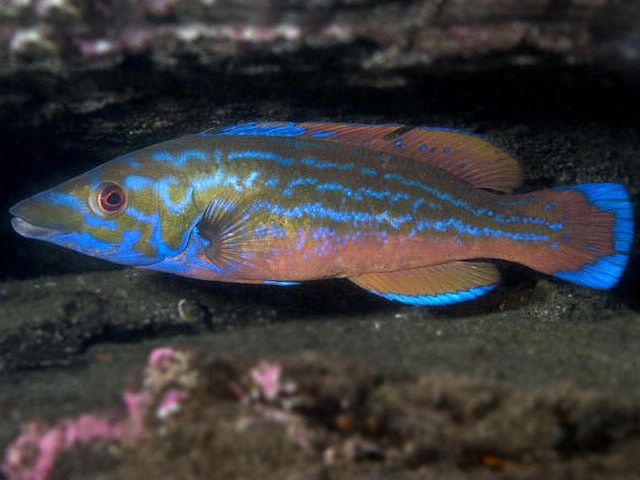 | ||
Lower classifications Vertebrate, Reptile, Amphibians, Tunicate, Bony fishes | ||
Chordates crashcourse biology 24
A chordate is any animal belonging to the phylum Chordata, possessing a notochord, a hollow dorsal nerve cord, pharyngeal slits, an endostyle, and a post-anal tail for at least some period of its life cycle. The Chordata, together with sister clade Ambulacraria, form the deuterostomes as in the embryo development stage the anus forms before the mouth.
Contents
- Chordates crashcourse biology 24
- Overview of affinities
- Origin of name
- Definition
- Craniata Vertebrata
- Tunicata tunicates or urochordates
- Cephalochordata Lancelets
- Origins
- Taxonomy
- Hemichordates
- Echinoderms
- References
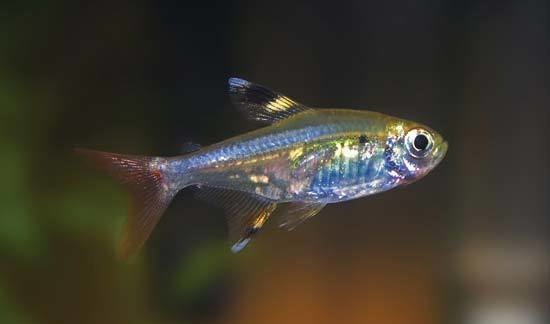
Taxonomically, the phylum includes the subphyla Vertebrata, which includes fish, amphibians, reptiles, birds, and mammals; Tunicata, which includes salps and sea squirts; and Cephalochordata, comprising the lancelets.
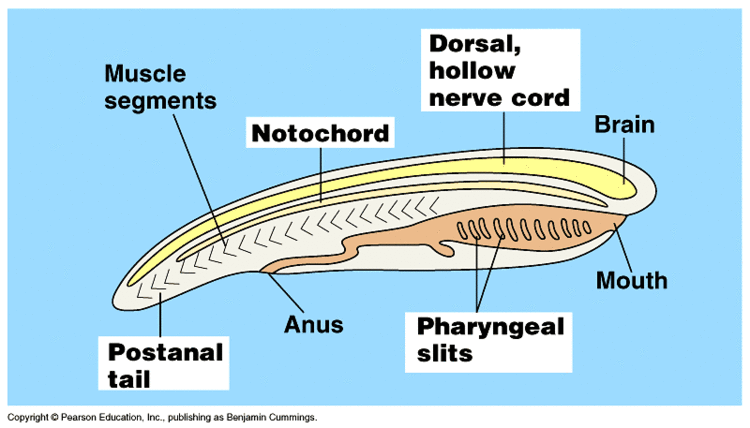
Members of the Chordata are bilaterally symmetric, deuterostome coelomates. Vertebrate chordates can have body plans organized via segmentation.
Hemichordata, which includes the acorn worms, has been presented as a fourth chordate subphylum, but it now is usually treated as a separate phylum. It, along with the Echinodermata, which includes starfish, sea urchins, sea cucumbers, and crinoids, are the chordates' closest taxon Ambulacraria. Fossil chordates are known from at least as early as the Cambrian explosion.
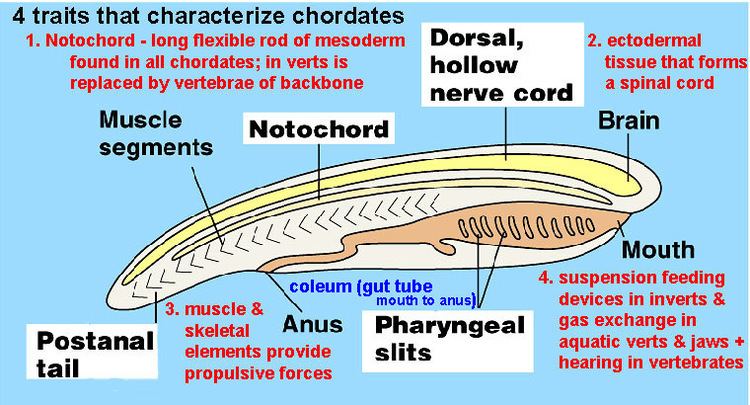
Of the more than 65,000 living species of chordates, about half are bony fish of the class Osteichthyes. The world's largest and fastest animals, the blue whale and peregrine falcon respectively, are chordates, as are humans.
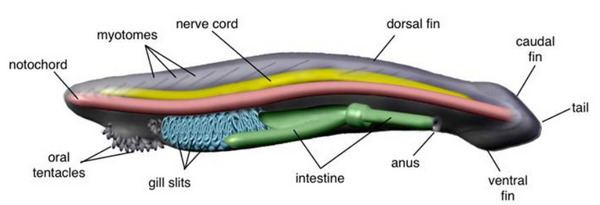
Overview of affinities
Attempts to work out the evolutionary relationships of the chordates have produced several hypotheses. The current consensus is that chordates are monophyletic, meaning that the Chordata include all and only the descendants of a single common ancestor, which is itself a chordate, and that craniates' nearest relatives are tunicates.
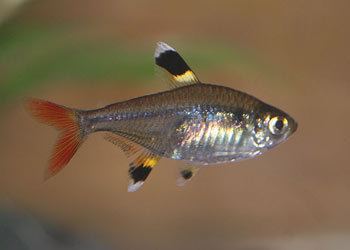
All of the earliest chordate fossils have been found in the Early Cambrian Chengjiang fauna, and include two species that are regarded as fish, which implies that they are vertebrates. Because the fossil record of early chordates is poor, only molecular phylogenetics offers a reasonable prospect of dating their emergence. However, the use of molecular phylogenetics for dating evolutionary transitions is controversial.
It has also proved difficult to produce a detailed classification within the living chordates. Attempts to produce evolutionary "family trees" shows that many of the traditional classes are paraphyletic.
While this has been well known since the 19th century, an insistence on only monophyletic taxa has resulted in vertebrate classification being in a state of flux.
Origin of name
Although the name Chordata is attributed to William Bateson (1885), it was already in prevalent use by 1880. Ernst Haeckel described a taxon comprising tunicates, cephalochordates, and vertebrates in 1866. Though he used the German vernacular form, it is allowed under the ICZN code because of its subsequent latinization.
Definition
Chordates form a phylum of creatures that are based on a bilateral body plan, and is defined by having at some stage in their lives all of the following: There are four main characteristics that are unique to chordates: A notochord, dorsal hollow nerve cord, muscular post anal tail, and pharyngeal slits/clefs.
There are some soft constraints that separate Chordata from other biological lineages, but have not yet been made part of the formal definition.
There is still much ongoing differential (DNA sequence based) comparison research that is trying to separate out the simplest forms of Chordata. As some lineages of the 90% of species that lack a backbone or notochord might have lost these structures over time, this complicates the classification of Chordata. Some Chordate lineages may only be found by DNA analysis, when there is no physical trace of any chordate-like structures.
Craniata (Vertebrata)
Craniates, one of the three subdivisions of chordates, have distinct skulls - including hagfish, which have no vertebrae. Michael J. Benton comments, "craniates are characterized by their heads, just as chordates, or possibly all deuterostomes, are by their tails".
Most are vertebrates, in which the notochord is replaced by the spinal column, which consists of a series of bony or cartilaginous cylindrical vertebrae, generally with neural arches that protect the spinal cord and with projections that link the vertebrae. Hagfish have incomplete braincases and no vertebrae, and are therefore not regarded as vertebrates, but as members of the craniates, the group from which vertebrates are thought to have evolved. The position of lampreys is ambiguous. They have complete braincases and rudimentary vertebrae, and therefore may be regarded as vertebrates and true fish. However, molecular phylogenetics, which uses biochemical features to classify organisms, has produced both results that group them with vertebrates and others that group them with hagfish.
Tunicata (tunicates, or urochordates)
Most tunicates appear as adults in two major forms, both of which are soft-bodied filter-feeders that lack the standard features of chordates: "sea squirts" are sessile and consist mainly of water pumps and filter-feeding apparatus; salps float in mid-water, feeding on plankton, and have a two-generation cycle in which one generation is solitary and the next forms chain-like colonies. However, all tunicate larvae have the standard chordate features, including long, tadpole-like tails; they also have rudimentary brains, light sensors and tilt sensors. The third main group of tunicates, Appendicularia (also known as Larvacea) retain tadpole-like shapes and active swimming all their lives, and were for a long time regarded as larvae of sea squirts or salps. The etymology of the term Urochorda(ta) (Balfour 1881) is from the ancient Greek οὐρά (oura, "tail") + Latin chorda ("cord"), because the notochord is only found in the tail. The term Tunicata (Lamarck 1816) is recognised as having precedence and is now more commonly used.
Cephalochordata: Lancelets
Cephalochordates are small, "vaguely fish-shaped" animals that lack brains, clearly defined heads and specialized sense organs. These burrowing filter-feeders comprise the earliest-branching chordate sub-phylum.
Origins
The majority of animals more complex than jellyfish and other Cnidarians are split into two groups, the protostomes and deuterostomes, the latter of which contains chordates. It seems very likely the 555 million-year-old Kimberella was a member of the protostomes. If so, this means the protostome and deuterostome lineages must have split some time before Kimberella appeared—at least 558 million years ago, and hence well before the start of the Cambrian 541 million years ago. The Ediacaran fossil Ernietta, from about 549 to 543 million years ago, may represent a deuterostome animal.
Fossils of one major deuterostome group, the echinoderms (whose modern members include starfish, sea urchins and crinoids), are quite common from the start of the Cambrian, 542 million years ago. The Mid Cambrian fossil Rhabdotubus johanssoni has been interpreted as a pterobranch hemichordate. Opinions differ about whether the Chengjiang fauna fossil Yunnanozoon, from the earlier Cambrian, was a hemichordate or chordate. Another fossil, Haikouella lanceolata, also from the Chengjiang fauna, is interpreted as a chordate and possibly a craniate, as it shows signs of a heart, arteries, gill filaments, a tail, a neural chord with a brain at the front end, and possibly eyes—although it also had short tentacles round its mouth. Haikouichthys and Myllokunmingia, also from the Chengjiang fauna, are regarded as fish. Pikaia, discovered much earlier (1911) but from the Mid Cambrian Burgess Shale (505 Ma), is also regarded as a primitive chordate. On the other hand, fossils of early chordates are very rare, since invertebrate chordates have no bones or teeth, and only one has been reported for the rest of the Cambrian.
The evolutionary relationships between the chordate groups and between chordates as a whole and their closest deuterostome relatives have been debated since 1890. Studies based on anatomical, embryological, and paleontological data have produced different "family trees". Some closely linked chordates and hemichordates, but that idea is now rejected. Combining such analyses with data from a small set of ribosome RNA genes eliminated some older ideas, but opened up the possibility that tunicates (urochordates) are "basal deuterostomes", surviving members of the group from which echinoderms, hemichordates and chordates evolved. Some researchers believe that, within the chordates, craniates are most closely related to cephalochordates, but there are also reasons for regarding tunicates (urochordates) as craniates' closest relatives.
Since early chordates have left a poor fossil record, attempts have been made to calculate the key dates in their evolution by molecular phylogenetics techniques—by analyzing biochemical differences, mainly in RNA. One such study suggested that deuterostomes arose before 900 million years ago and the earliest chordates around 896 million years ago. However, molecular estimates of dates often disagree with each other and with the fossil record, and their assumption that the molecular clock runs at a known constant rate has been challenged.
Taxonomy
Traditionally, Cephalochordata and Craniata were grouped into the proposed clade "Euchordata", which would have been the sister group to Tunicata/Urochordata. More recently, Cephalochordata has been thought of as a sister group to the "Olfactores", which includes the craniates and tunicates. The matter is not yet settled.
The following schema is from the third edition of Vertebrate Palaeontology. The invertebrate chordate classes are from Fishes of the World. While it is structured so as to reflect evolutionary relationships (similar to a cladogram), it also retains the traditional ranks used in Linnaean taxonomy.
Hemichordates
Hemichordates ("half (½) chordates") have some features similar to those of chordates: branchial openings that open into the pharynx and look rather like gill slits; stomochords, similar in composition to notochords, but running in a circle round the "collar", which is ahead of the mouth; and a dorsal nerve cord—but also a smaller ventral nerve cord.
There are two living groups of hemichordates. The solitary enteropneusts, commonly known as "acorn worms", have long proboscises and worm-like bodies with up to 200 branchial slits, are up to 2.5 metres (8.2 ft) long, and burrow though seafloor sediments. Pterobranchs are colonial animals, often less than 1 millimetre (0.039 in) long individually, whose dwellings are interconnected. Each filter feeds by means of a pair of branched tentacles, and has a short, shield-shaped proboscis. The extinct graptolites, colonial animals whose fossils look like tiny hacksaw blades, lived in tubes similar to those of pterobranchs.
Echinoderms
Echinoderms differ from chordates and their other relatives in three conspicuous ways: they possess bilateral symmetry only as larvae - in adulthood they have radial symmetry, meaning that their body pattern is shaped like a wheel; they have tube feet; and their bodies are supported by skeletons made of calcite, a material not used by chordates. Their hard, calcified shells keep their bodies well protected from the environment, and these skeletons enclose their bodies, but are also covered by thin skins. The feet are powered by another unique feature of echinoderms, a water vascular system of canals that also functions as a "lung" and surrounded by muscles that act as pumps. Crinoids look rather like flowers, and use their feather-like arms to filter food particles out of the water; most live anchored to rocks, but a few can move very slowly. Other echinoderms are mobile and take a variety of body shapes, for example starfish, sea urchins and sea cucumbers.
